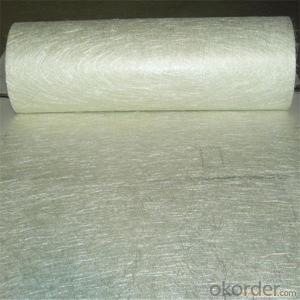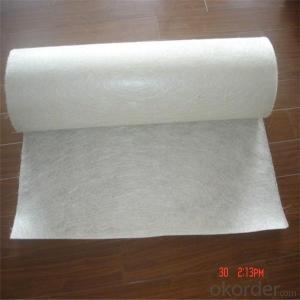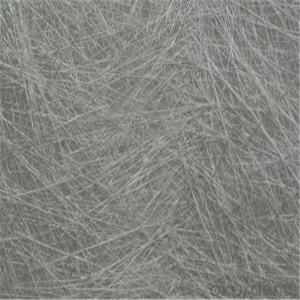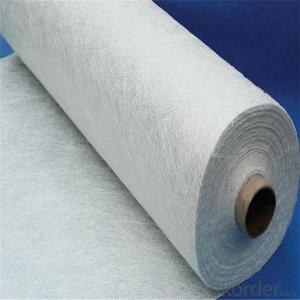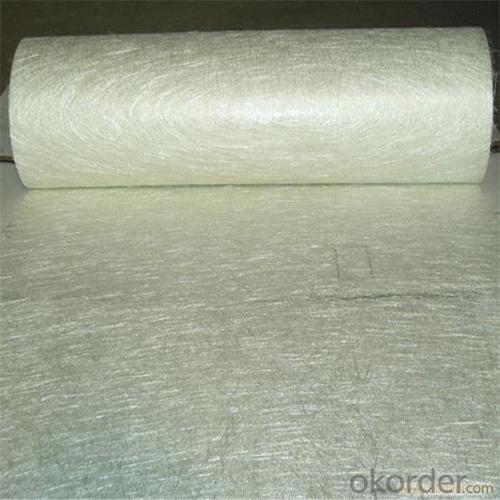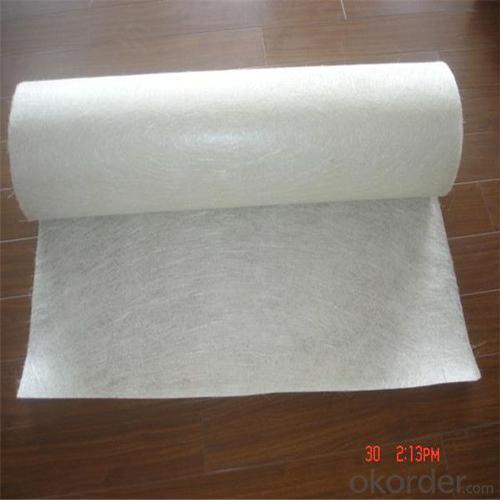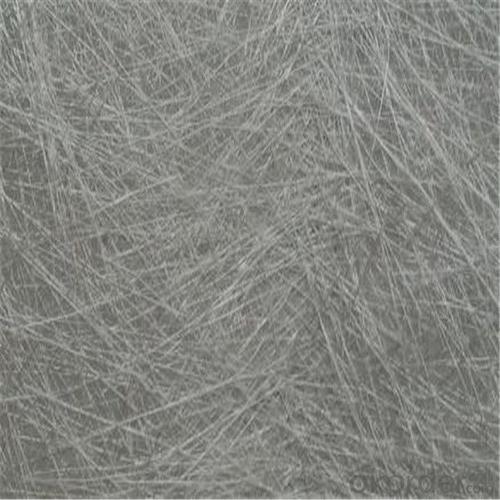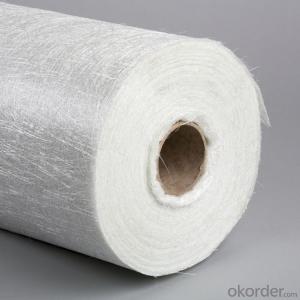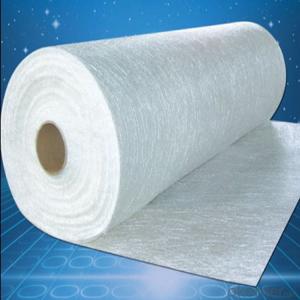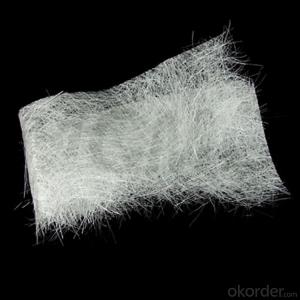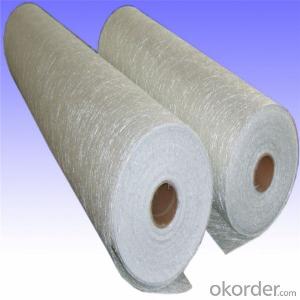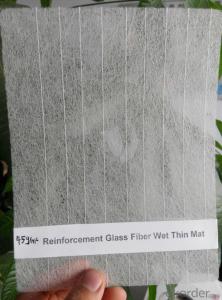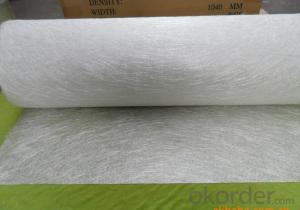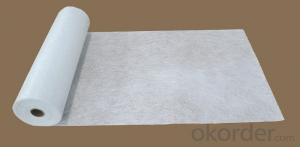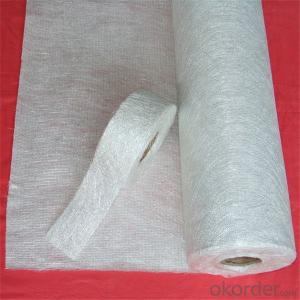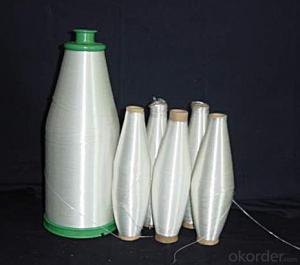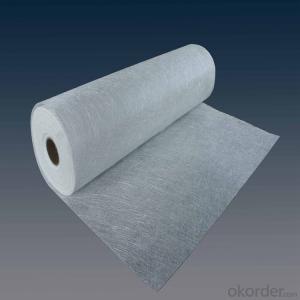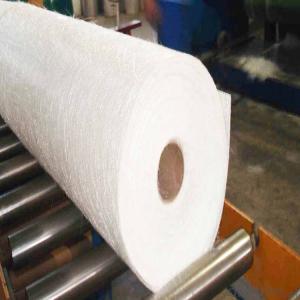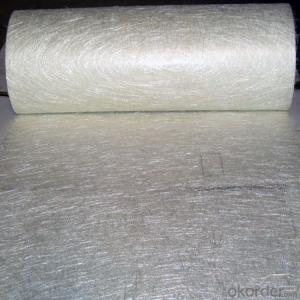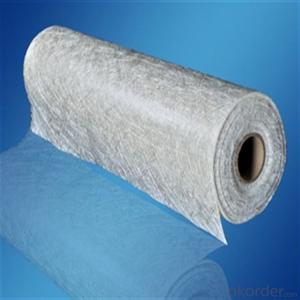Powder or Emulsion Fiberglass Chopped Strand Mat
- Loading Port:
- Tianjin
- Payment Terms:
- TT OR LC
- Min Order Qty:
- 100 m.t.
- Supply Capability:
- 10000 m.t./month
OKorder Service Pledge
OKorder Financial Service
You Might Also Like
Quick Details
| Technique: | Chopped Strand Fiberglass Mat (CSM) | Dimensions: | 80g - 900g | Mat Type: | Continuous Filament Mat |
| Fiberglass Type: | E-Glass | Softness: | soft, very soft | Place of Origin: | Shandong, China (Mainland) |
| Brand Name: | cnbm | Model Number: | CSM | material: | fiberglass |
| Glass type: | E glass / C glass | Bond type: | powder or emulsion | Roll width: | 200 - 2600mm |
| Roll weight: | 28 - 55kgs | Density: | 225g/m2, 300g/m2, 450g/m2 | Certification: | ISO, CE |
Packaging & Delivery
| Packaging Details: | standand export packing . or packed as customer's need |
| Delivery Detail: | 10-20days after the contract is effective |
Specifications
Fiberglass Chopped Strand Mat
1.good combination fo resin
2.easy operation
3.good wet strength retention
Specification:
Fiberglass Chopped Strand Mat is an non-woven E- or C-glass fiberglass fabric manufactured by spreading continuous filament rovings of 50mm in length randomly and uniformly in combination with polyester binder in power form (or other binder in emulsion form). Powder or Emulsion fiberglass fiber chopped glass mat

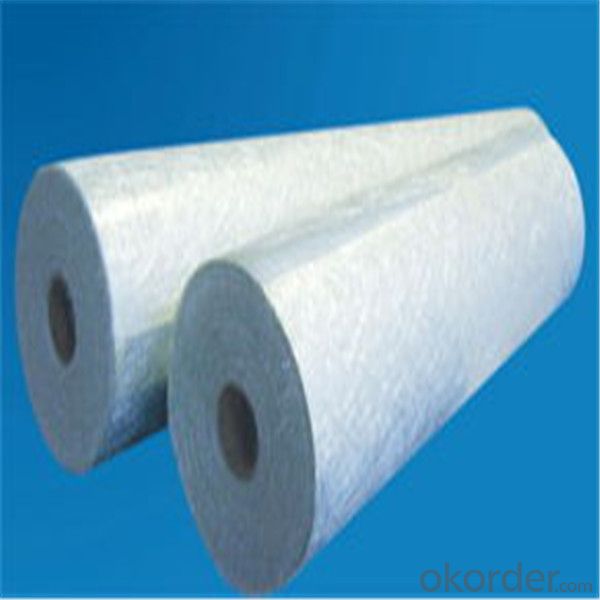
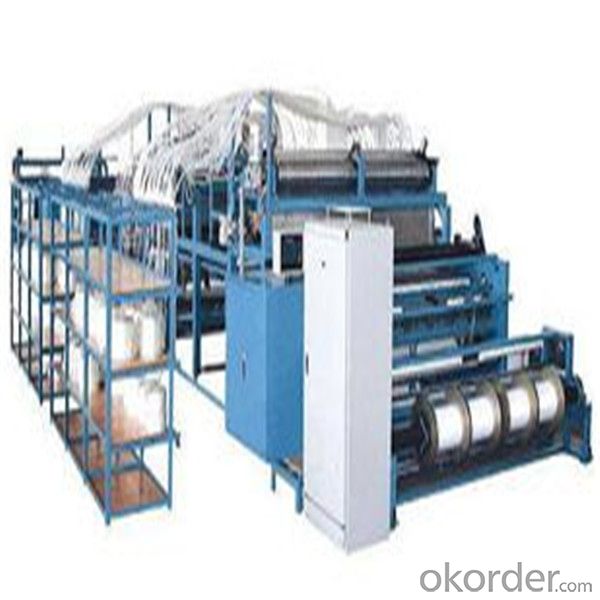
- Q: How does the chopping method of fiberglass chopped strand affect its performance?
- The performance of fiberglass chopped strand is greatly affected by the method used to chop it. This method involves cutting continuous strands of fiberglass into smaller lengths, typically ranging from a few millimeters to a few centimeters. To begin, the mechanical properties of the fiberglass are impacted by the chopping method. When the strands are chopped into shorter lengths, the resulting chopped fibers have a larger surface area. This increased surface area improves the bond between the fiberglass and the matrix material, such as resin, in which it is embedded. As a result, the chopped strand fiberglass displays improved tensile, flexural, and impact strength, making it suitable for applications that require high mechanical performance. Furthermore, the chopping method affects how the fiberglass is dispersed within the matrix material. Chopped strand fiberglass allows for a more even distribution within the matrix, as the shorter lengths are easier to mix and disperse. This even dispersion enhances the overall strength and stiffness of the composite material. It also reduces the likelihood of voids or weak spots, resulting in a more dependable and consistent performance. Moreover, the chopping method has an impact on the handling and processing characteristics of the fiberglass. Chopped strand fiberglass is generally easier to handle and mix, as the shorter lengths are less likely to tangle or clump together. This ease of handling enables increased productivity and efficiency during manufacturing processes. Additionally, the chopping method can affect the appearance and surface finish of the final product. Chopped strand fiberglass with shorter lengths often results in a smoother surface finish, as the shorter fibers are more easily saturated by the matrix material. This is particularly desirable in applications where appearance is important, such as in automotive parts or consumer goods. In conclusion, the chopping method of fiberglass chopped strand has a significant influence on its performance. It improves mechanical properties, enhances dispersion within the matrix material, facilitates handling and processing, and can contribute to a smoother surface finish. Therefore, the chopping method is a crucial factor to consider when selecting fiberglass chopped strand for specific applications.
- Q: How does the diameter-to-length ratio of fiberglass chopped strand affect its performance?
- The performance of fiberglass chopped strand is greatly influenced by its diameter-to-length ratio. The strength and stiffness of the material are affected by the diameter of the strands, while the length determines its ability to disperse and reinforce the matrix. Better mechanical properties are typically achieved with a higher diameter-to-length ratio. This is because a larger diameter increases the surface area and improves the bonding between the strands and the matrix. As a result, stress can be transferred more efficiently, enhancing the overall strength and load-bearing capacity of the composite. Furthermore, a higher diameter-to-length ratio allows for improved dispersion of the chopped strands within the matrix. Longer strands tend to clump together, making it challenging to achieve a uniform distribution in the composite. However, with a higher diameter, the strands can separate more easily, leading to better reinforcement throughout the material. Nevertheless, it is important to consider the specific application and desired performance characteristics when determining the optimal diameter-to-length ratio. In certain cases, shorter strands with a lower diameter-to-length ratio may be preferred, especially in applications where impact resistance or a smoother surface finish is crucial. To summarize, the performance of fiberglass chopped strand is significantly influenced by its diameter-to-length ratio. A higher ratio generally results in improved mechanical properties and better dispersion, enhancing the overall strength and reinforcement capabilities of the composite. However, the ideal ratio may vary depending on the specific application requirements.
- Q: Is fiberglass chopped strand suitable for the production of automotive components?
- Yes, fiberglass chopped strand is suitable for the production of automotive components. It offers excellent strength and stiffness properties, as well as high impact resistance. Additionally, it is lightweight, corrosion-resistant, and cost-effective, making it a popular choice for various automotive applications such as body panels, interior parts, and structural components.
- Q: Can fiberglass chopped strand be used in the production of insulation panels?
- Yes, fiberglass chopped strand can be used in the production of insulation panels.
- Q: What are the compressive strength properties of fiberglass chopped strand?
- The compressive strength properties of fiberglass chopped strand vary depending on the specific composition and manufacturing process. However, fiberglass chopped strand typically exhibits good compressive strength, making it suitable for applications that require resistance to compression forces.
- Q: What are the chemical compatibility properties of fiberglass chopped strand?
- Fiberglass chopped strand has excellent chemical compatibility properties due to its non-reactive nature. It is resistant to a wide range of chemicals, including acids, alkalis, and solvents. This makes it suitable for various applications where exposure to corrosive substances is a concern.
- Q: Can fiberglass chopped strand be used for reinforcing wood materials?
- Yes, fiberglass chopped strand can be used for reinforcing wood materials. Fiberglass chopped strand is a type of reinforcement material made from fine strands of glass that are cut into shorter lengths. It is commonly used in composite materials to enhance their strength and durability. When used in combination with wood materials, fiberglass chopped strand can help improve the overall structural integrity and performance. The fiberglass strands provide added strength and rigidity, making the wood less prone to warping, cracking, and splitting. It also helps to reduce shrinkage and expansion caused by moisture, enhancing the dimensional stability of the wood. To reinforce wood with fiberglass chopped strand, the strands are typically mixed with an adhesive or resin and applied onto the wood surface. This creates a strong bond between the wood and the fiberglass, effectively reinforcing the material. However, it is important to note that the effectiveness of fiberglass chopped strand in reinforcing wood materials may vary depending on various factors such as the type and quality of the wood, the application method, and the specific requirements of the project. It is recommended to consult with a professional or follow manufacturer guidelines for best results.
- Q: Is fiberglass chopped strand suitable for aerospace applications?
- Yes, fiberglass chopped strand can be suitable for certain aerospace applications. It has high strength-to-weight ratio, good chemical resistance, and thermal stability, which makes it a viable option for specific aerospace components such as interior panels, fairings, and non-structural parts. However, for critical structural components that require higher strength and stiffness, other advanced materials like carbon fiber composites are more commonly used in aerospace applications.
- Q: What are the advantages of using fiberglass chopped strand in construction?
- There are several advantages of using fiberglass chopped strand in construction. Firstly, fiberglass chopped strand is known for its high strength-to-weight ratio. This means that it is strong and durable while being lightweight, making it an ideal material for construction applications. Its strength allows it to withstand heavy loads and stress, making it suitable for various structural components. Secondly, fiberglass chopped strand is highly corrosion-resistant. It does not rust or corrode like metals, making it a long-lasting material that can withstand harsh environmental conditions. This is particularly beneficial in construction where exposure to moisture, chemicals, and other corrosive elements is common. Additionally, fiberglass chopped strand is a versatile material that can be easily molded into various shapes and sizes. It can be used to create complex architectural designs and innovative structures. Its flexibility allows for custom fabrication, making it suitable for construction projects with unique requirements. Moreover, fiberglass chopped strand is an excellent insulator. It has low thermal conductivity, meaning it does not readily transfer heat. This makes it an effective material for insulation, keeping buildings cool in hot climates and reducing energy consumption for heating and cooling. Furthermore, fiberglass chopped strand is fire-resistant. It has a high melting point and does not catch fire easily. In the event of a fire, it can help contain the spread of flames and limit damage to the structure. Lastly, fiberglass chopped strand is cost-effective. While it may have a higher upfront cost compared to traditional materials, its durability, low maintenance requirements, and long lifespan make it a cost-efficient choice in the long run. It reduces the need for frequent repairs and replacements, saving both time and money. Overall, the advantages of using fiberglass chopped strand in construction include its high strength-to-weight ratio, corrosion resistance, versatility, insulation properties, fire resistance, and cost-effectiveness. These qualities make it an attractive option for various construction applications.
- Q: Can fiberglass chopped strand be used in aerospace structural components?
- Yes, fiberglass chopped strand can be used in aerospace structural components. Fiberglass is a lightweight and high-strength material that offers excellent resistance to corrosion and impact. It is commonly used in aerospace applications to reduce weight while maintaining structural integrity. Chopped strand fiberglass can be used in the form of sheets or molded into complex shapes to meet the specific requirements of aerospace components. Additionally, the use of fiberglass in aerospace structural components can also provide insulation and fire resistance properties. However, it is important to note that the specific design and regulatory requirements for aerospace components should be considered when selecting and using fiberglass chopped strand.
Send your message to us
Powder or Emulsion Fiberglass Chopped Strand Mat
- Loading Port:
- Tianjin
- Payment Terms:
- TT OR LC
- Min Order Qty:
- 100 m.t.
- Supply Capability:
- 10000 m.t./month
OKorder Service Pledge
OKorder Financial Service
Similar products
Hot products
Hot Searches
Related keywords
